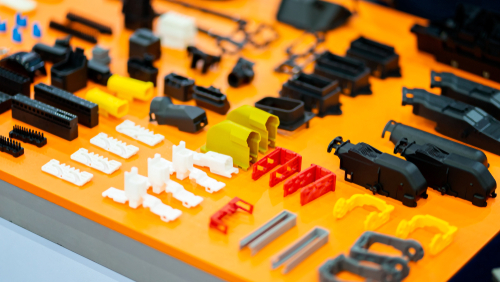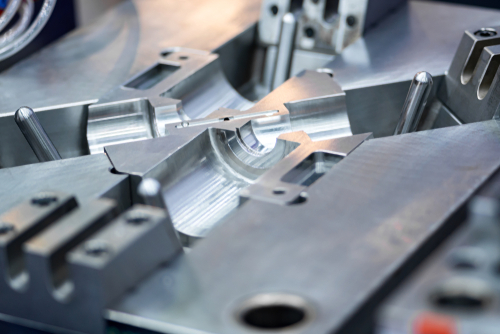Custom plastic injection molding is a sophisticated manufacturing process that plays a pivotal role in the production of a wide range of components with complex shapes and high precision. By leveraging the principles of thermodynamics, fluid mechanics, and material science, this technique enables the transformation of thermoplastic materials into desired shapes through the use of specialized machinery and precision molds.
In this comprehensive overview, we’ll look into the fundamental principles and key elements applied in the process of custom plastic injection molding in companies across California and worldwide in order to better understand its significance, capabilities, and potential applications across various industries.
What is custom plastic injection molding?
Custom plastic injection molding is an advanced manufacturing technique that involves the injection of molten thermoplastic materials into a mold cavity under high pressure and temperature, followed by the solidification and cooling of the material to obtain the desired shape:
Design
The process begins with the design and development of a mold, which serves as a precise and customizable tool for shaping the plastic material. It typically consists of two halves, the cavity and the core, which are designed to fit together and create the desired shape of the final product. These molds can be manufactured from various materials such as steel or aluminum, depending on the specific requirements of the project.
Raw materials
Thermoplastic resins, such as polyethylene, polypropylene, polystyrene, or polyvinyl chloride (PVC), are commonly used due to their ability to melt and solidify repeatedly without significant degradation. The selected resin is typically in the form of pellets, which are loaded into a hopper and fed into a heated barrel.
Inside the barrel, the rotation of a screw gradually heats and melts the resin pellets. The rotating screw also acts as a conveyor, pushing the molten plastic towards the front of the barrel. As the molten plastic reaches the front, it’s pushed into the mold cavity through a nozzle and runner system.
Injection phase
A high-pressure hydraulic system drives the screw forward, exerting pressure on the molten plastic and forcing it into the mold cavity. The pressure applied during this stage ensures that the mold is completely filled and that the plastic material reaches all intricate details and features of the mold.
Solidification
Once the mold is filled, the plastic material cools and solidifies within the mold cavity. Cooling can be facilitated through various methods, such as the circulation of chilled water or the use of cooling channels within the mold itself. The cooling time depends on factors such as the material used, the wall thickness of the part, and the desired cycle time.
Ejection
The mold opens and ejection pins or mechanisms are employed to aid ejecting the formed part from the mold cavity. The mold halves then close again, ready for the next injection cycle.
What is the leading injection molding company in California, across the USA & worldwide?
When you want to learn more about the advantages of plastic injection molding, whether it’s environmentally friendly, or what trends are upcoming, reach out to Wunder Mold. We’re a team of skilled experts with over 29 years of experience and we can provide you with the parts that meet your exact specifications.
We take pride in our consistent dedication to quality and reliable customer service. We work with domestic and international clients alike and ensure they receive high-precision quality components. Whichever industry you belong to, we have the means and technology to help you obtain the desired results. Contact us by email at sales@wundermold.com or reach out to us by phone and let us know how we can assist you.

